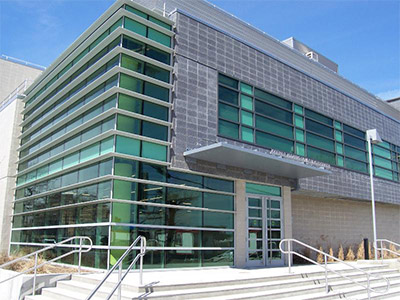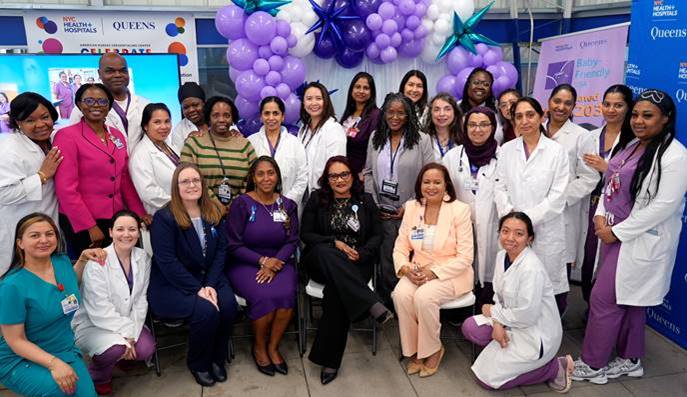More than 1.3 million cataract surgeries are performed in the United States each year, and recent advances have meant better vision and an easier operation for many.
A cataract is a clouding of the lens in the eye that affects vision. It can develop in one or both eyes, but does not spread from one eye to the other. Usually the result of the natural aging process, cataracts are the leading cause of vision loss in people older than 55.
The only treatment is surgery, which involves replacing the clouded natural lens of the eye with a synthetic lens to improve eyesight. It is almost always performed under local anesthesia in an outpatient setting and takes less than an hour. By age 80, more than half of Americans have a cataract or have had cataract surgery.
“In the past, people were told to wait until a cataract was ‘ripe’ and caused severe vision loss before having it removed,” says Dr. Marc Werner, an ophthalmologist at Stahl Eye Center, which has offices in Manhattan, and in Garden City and Hauppauge on Long Island. “We now recommend that people have the surgery when a cataract interferes with their normal activities, such as driving, watching television, reading and cooking. In fact, if someone waits too long and a cataract is advanced, the surgery can become more difficult and riskier.”
The latest advances in cataract surgery include technology that allows for very tiny incisions, along with newer, state-of-the-art lens implants. The safer, less invasive surgery and new types of lenses not only reverse the vision loss caused by the cataract, but can make eyesight better than it was before surgery, according to Werner.
“In a sense, it’s like laser vision correction for cataract patients, since we can use lenses that correct their nearsightedness or farsightedness the way LASIK does in younger patients,” he says.
In addition, for someone with astigmatism, which means the eye is shaped more like a football than the normal basketball shape, a new type of Toric lens implant can correct the astigmatism.
“In the past, lens implants corrected the patients’ distance vision if they were nearsighted or farsighted, but did not correct for astigmatism,” Werner says. “There have been two major advances in implant design. The first is an implant specifically made for the patient to correct astigmatism. Previously, after cataract surgery, we would need to do a second laser procedure to correct large amounts of astigmatism. Now, with these lenses, it is corrected concomitantly with the cataract surgery, resulting in excellent vision. The other major advance concerns lenses that correct both the patients’ near and far vision, restoring vision for almost all activities.”
It’s a question of choosing the best lens for each individual patient, according to Dr. Thierry Hufnagel, another ophthalmologist at Stahl Eye Center. “People are very happy to hear that with these new lenses, their vision will likely be better than it ever was. Patients who previously wore glasses may no longer need them after cataract surgery.”
Technological advances in the ultrasound technology used to break up the cataract-damaged lens for removal have also benefited patients, according to Hufnagel. The new, smaller tip of the ultrasound probe now allows cataract surgeons to perform the operation through incisions measuring less than one-tenth of an inch. The result is less overall risk from the surgery, faster healing and a quicker recovery.




































